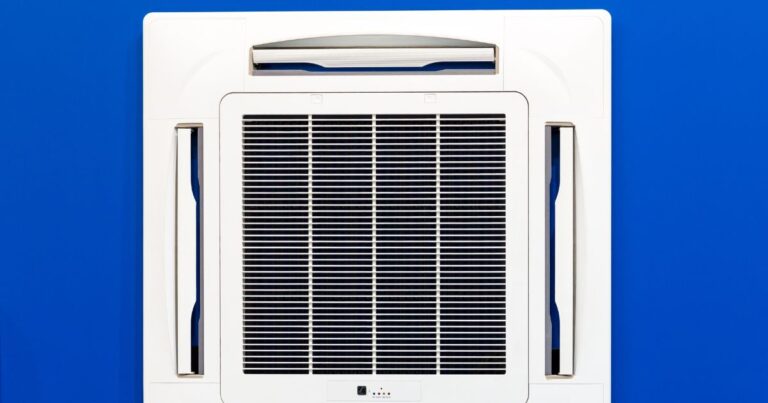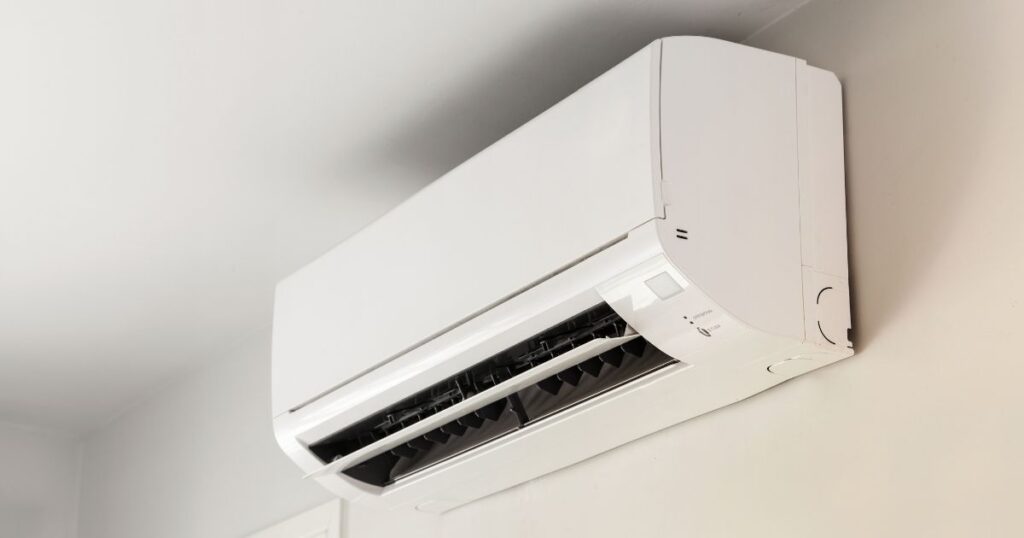
Summer is approaching. As the days get that little bit longer and the chill begins to drop out from the wind, the people of Melbourne begin thinking about the inevitable heat waves that will arrive.
Forward planning for these heat waves is a good idea, because whilst it is easy to “warm up” in winter – you can just add more layers of clothing – it is not so easy to cool down during a summer heat wave without help.
Investing in the best air conditioning unit for you depends on your situation. The two main types of air conditioning units to consider are ducted and split system. Both have their pros and cons, some of which are dependent on the nature of the installation.
Ducted air conditioners work by distributing cold air through a series of ducts that connect the system to all the rooms in your home or office that require air conditioning.
The internal fan coil unit is installed in the roof space, and this unit controls the flow of air through the entire system. This flow of air is controlled by you through a thermostat.
These ducts allow you to control which rooms receive air conditioning and which don’t. This individual temperature control is called ‘zoning’ and it gives you a lot of freedom in managing the overall temperature of a space.
It also allows you to control your energy usage since you can actively manage the temperature only in the rooms being used during a certain time by the thermostat. This is perfect for homes or offices with a lot of rooms.
A system like this is can be quite a process to fit-out in an established home or office, but a ducted air conditioning unit is a fantastic option if you are renovating or building a new home.
Since it can be quite an investment, it is often something that renters might not be so lucky to have access to, although for a landlord savvy enough to install such a system, it can add value to the home purely because of the increased comfort control in extreme heat.
A ducted air conditioning system is the most effective way to maintain a comfortable temperature in any room in your home or office during a heat wave, but it does come at a cost.
Ducted air conditioning is also more of a permanent solution than a split system air conditioning unit.

A split system consists of two primary units. An indoor fan coil unit (the “inside” unit) and a condensing heat exchanger (the “outside” unit.) Both these two units serve to remove hot air from a room and replace it with cooler air, thus lowering the temperature.
Split systems are more moderately priced than a ducted air conditioning system and can usually be installed within a day, depending on the installation requirements and the environment the unit is being installed into.
They are best suited for heating or cooling one room. Larger rooms can often be hard to keep cool during long heat waves, particularly if the walls and ceiling are built using materials that store heat, such as brick (or a tin roof.)
This can have an impact on the energy consumption of the unit if it is running for long hours in an effort to cool down a larger space.
So, in summary, a ducted air conditioning unit will cost you more to install, but it provides a much more versatile solution for home or offices with lots of rooms that all require temperature management.
A split system unit is a great solution for one room, but certainly has its limitations in cooling down larger rooms or spaces, though they can typically be installed in a day and the investment is less.
Step into a world of ultimate comfort and unmatched energy savings with our custom-designed heating and cooling solutions. Take the first step towards a smarter, greener home—request your free, personalised quote today and embrace the Tailored Difference!
Keeping You in the Loop: Our Latest News, Direct to Your Inbox!

At Tailored Solutions, we’re a bunch of forward-thinkers, innovators, and, admittedly, coffee enthusiasts, who believe that a comfortable home is the cornerstone of a happy life.
ARCTick Licence No: ARCTICK AU41000
